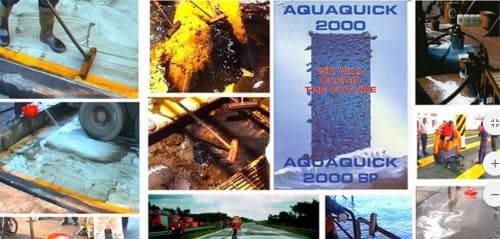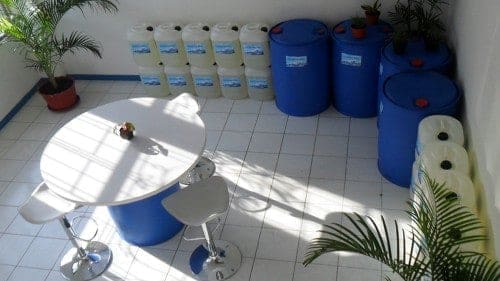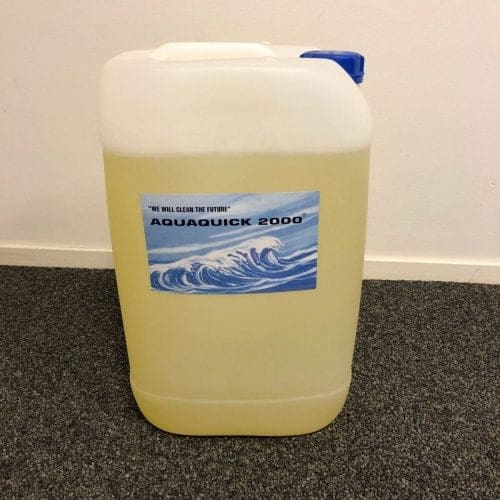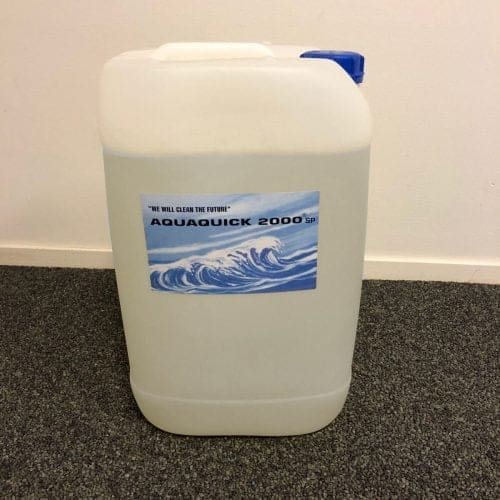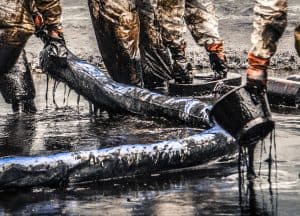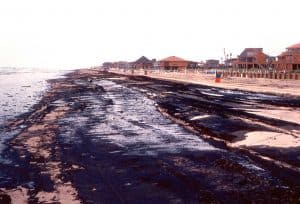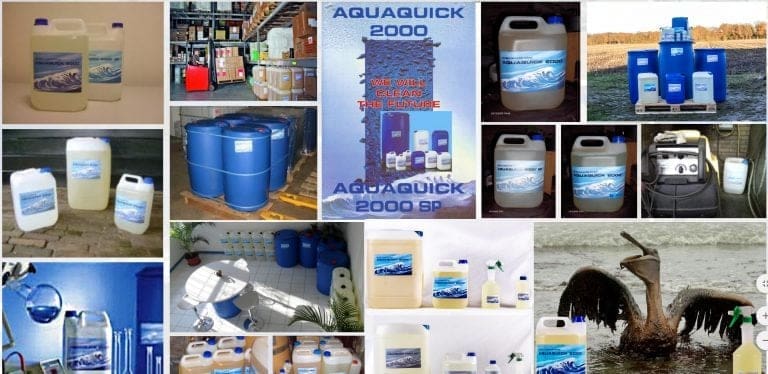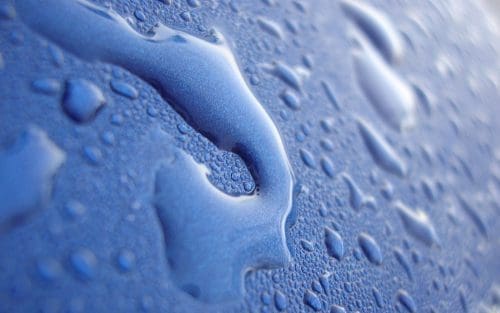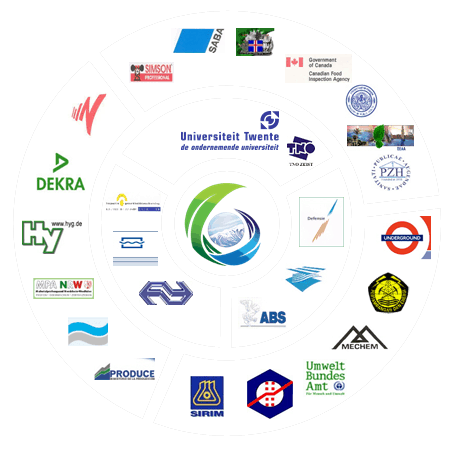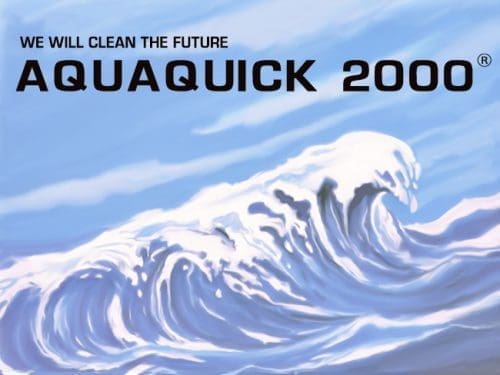Les déversements d'hydrocarbures sur terre posent d'importants problèmes environnementaux et nécessitent des solutions technologiques avancées pour une gestion efficace. Cet article explore les technologies de pointe utilisées pour détecter, contenir et nettoyer les déversements d'hydrocarbures sur terre, en mettant l'accent sur les méthodes innovantes qui réduisent les dommages causés à l'environnement tout en assurant une gestion efficace des déversements.
Technologies modernes de détection des marées noires
La détection précoce est essentielle pour minimiser l'impact des déversements d'hydrocarbures. Des technologies innovantes ont permis d'améliorer les capacités de surveillance en temps réel et de détection des déversements.
1. Télédétection et imagerie satellitaire
Les satellites équipés de capteurs à haute résolution détectent les marées noires en surveillant les changements de réflectivité de la surface. Ces systèmes offrent des alertes en temps réel et permettent de cartographier avec précision les déversements sur de vastes zones.
2. Drones et véhicules aériens sans pilote (UAV)
Les drones fournissent des images aériennes à haute résolution, ce qui facilite l'évaluation de l'étendue des déversements. Ils sont rentables, peuvent être déployés rapidement et conviennent aux zones difficiles d'accès.
3. Radar à pénétration de sol (RPG)
Les systèmes GPR détectent les déversements de pétrole sous terre en mesurant le taux d'humidité du sol. Cette technologie permet d'identifier les fuites enterrées provenant de pipelines ou de réservoirs de stockage.
Technologies avancées de confinement des déversements

L'endiguement rapide des déversements d'hydrocarbures permet d'éviter d'aggraver les dommages causés à l'environnement. Les solutions de confinement modernes sont axées sur l'adaptabilité et la facilité de déploiement.
1. Barrières de confinement intelligentes
Les barrières intelligentes utilisent des capteurs pour détecter la présence d'hydrocarbures et s'ajustent automatiquement pour empêcher leur propagation. Elles sont particulièrement efficaces dans les zones inondables ou sur les terrains accidentés.
2. Polymères auto-cicatrisants
Ces polymères peuvent sceller les fissures ou les perforations dans les réservoirs de stockage de pétrole et les oléoducs, réduisant ainsi le risque de déversement causé par une défaillance structurelle.
3. Unités mobiles d'intervention en cas de déversement
Équipées d'outils de confinement avancés, ces unités peuvent être rapidement déployées sur les sites de déversement, offrant ainsi une solution d'intervention intégrée.
Méthodes de pointe pour le nettoyage des déversements d'hydrocarbures
Les progrès technologiques ont révolutionné le nettoyage des marées noires, rendant les processus plus rapides, plus efficaces et plus respectueux de l'environnement.
1. Bioremédiation à l'aide de microbes génétiquement modifiés
Les scientifiques ont mis au point des microbes qui consomment les hydrocarbures de manière plus efficace. Ces bio-agents décomposent le pétrole en sous-produits inoffensifs tels que l'eau et le dioxyde de carbone.
2. Absorbants basés sur la nanotechnologie
Les nano-absorbants à surface élevée peuvent absorber efficacement les hydrocarbures. Leur réutilisation et leur caractère écologique en font une solution de nettoyage prometteuse.
3. Systèmes de nettoyage robotisés
Des robots autonomes équipés de capteurs et de matériaux absorbant le pétrole naviguent sur les sites de déversement, effectuant des tâches de nettoyage avec une intervention humaine minimale.
Perspectives d'avenir et recherche
La recherche continue est à l'origine du développement de la prochaine génération de technologies de gestion des déversements d'hydrocarbures. Les innovations émergentes comprennent l'intelligence artificielle pour la surveillance prédictive des déversements, les matériaux avancés pour le confinement des déversements et les systèmes hybrides intégrant plusieurs méthodes de nettoyage.
Rôle des AQUAQUICK 2000 dans la gestion des déversements d'hydrocarbures
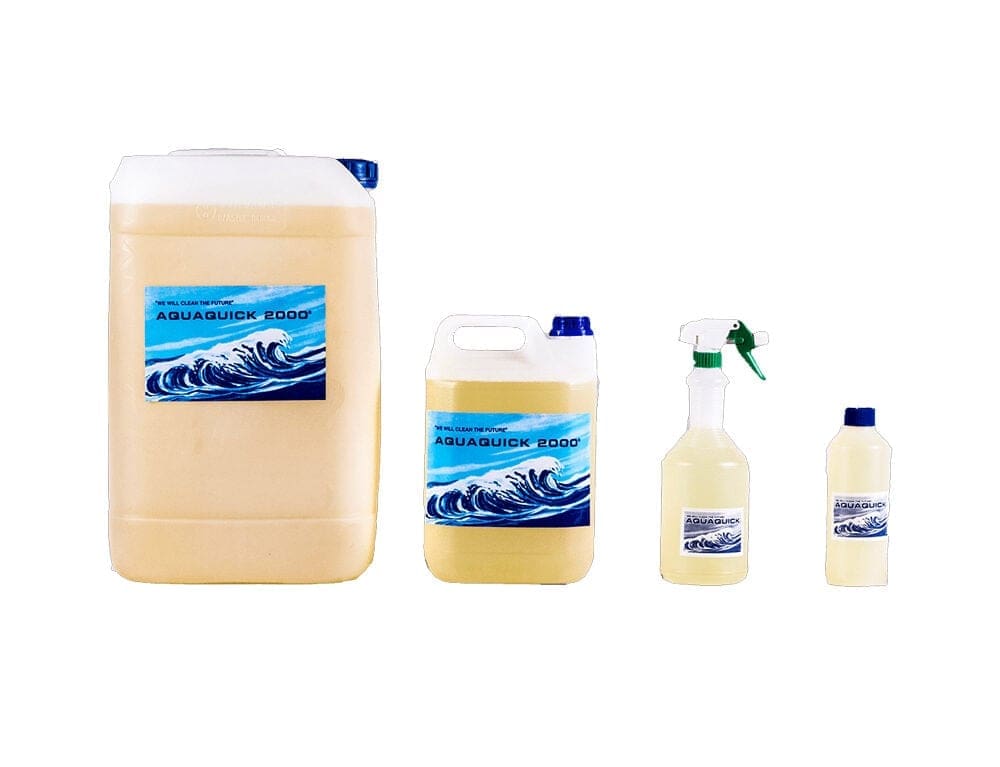
Parmi les solutions modernes, AQUAQUICK 2000 se distingue par ses propriétés écologiques de gestion des déversements d'hydrocarbures. Ce produit biodégradable décompose efficacement le pétrole, rendant le nettoyage plus sûr et plus durable. Son application sur différents terrains met en évidence sa polyvalence dans les stratégies modernes de lutte contre les déversements.
Conclusion
L'innovation technologique transforme la gestion des déversements d'hydrocarbures sur terre, en améliorant les méthodes de détection, de confinement et de nettoyage. Grâce à des produits tels que AQUAQUICK 2000 et des technologies de pointe, la gestion des déversements d'hydrocarbures devient plus efficace et plus respectueuse de l'environnement. L'adoption de ces avancées garantit un environnement plus sûr et plus propre tout en atténuant les risques associés aux déversements d'hydrocarbures.

